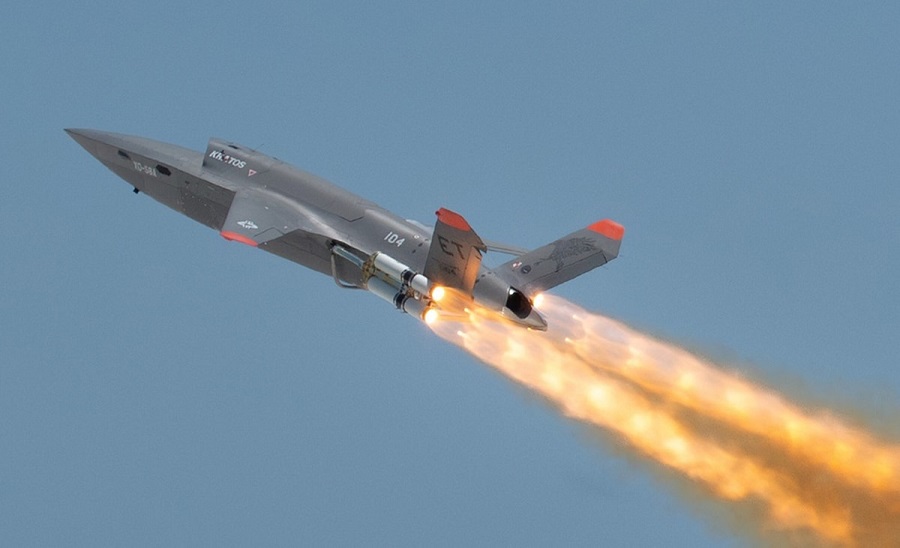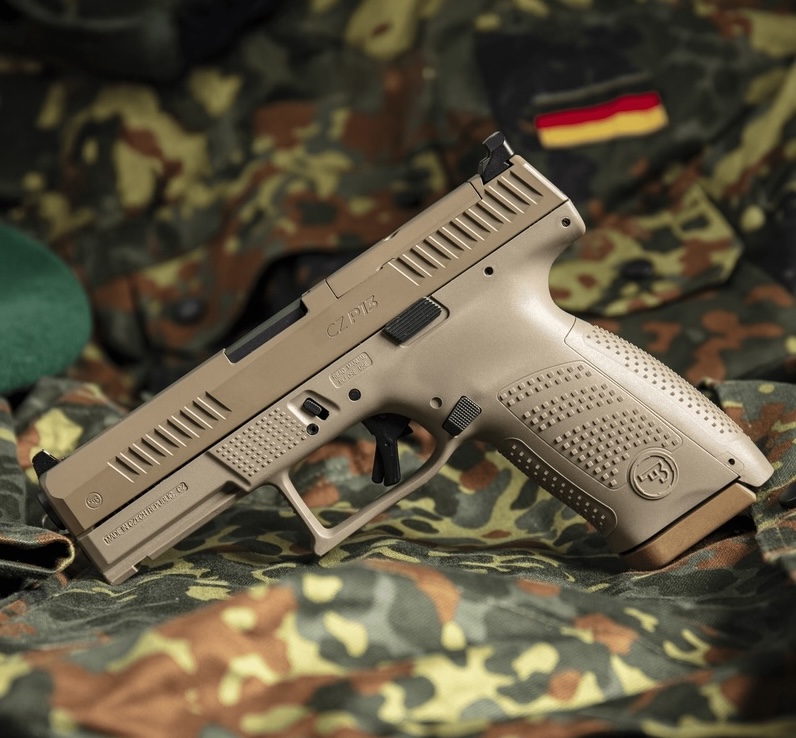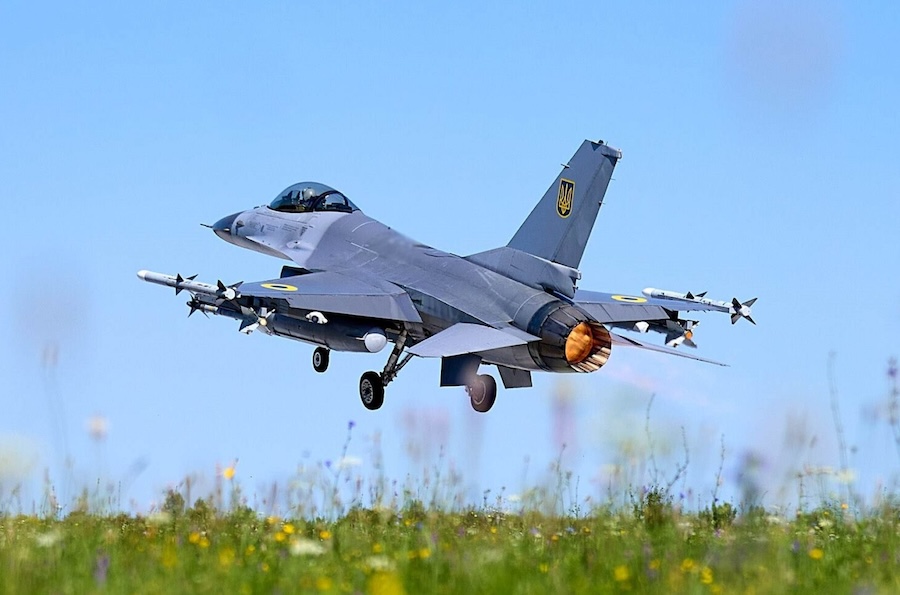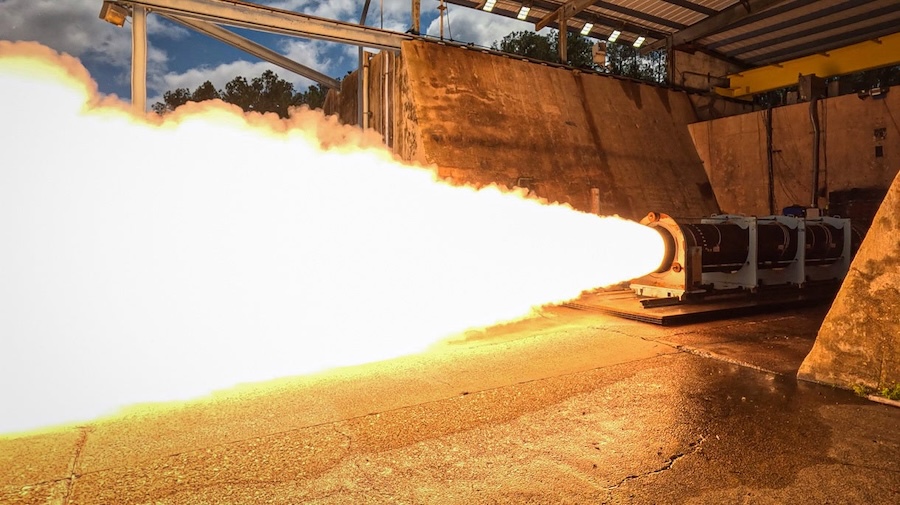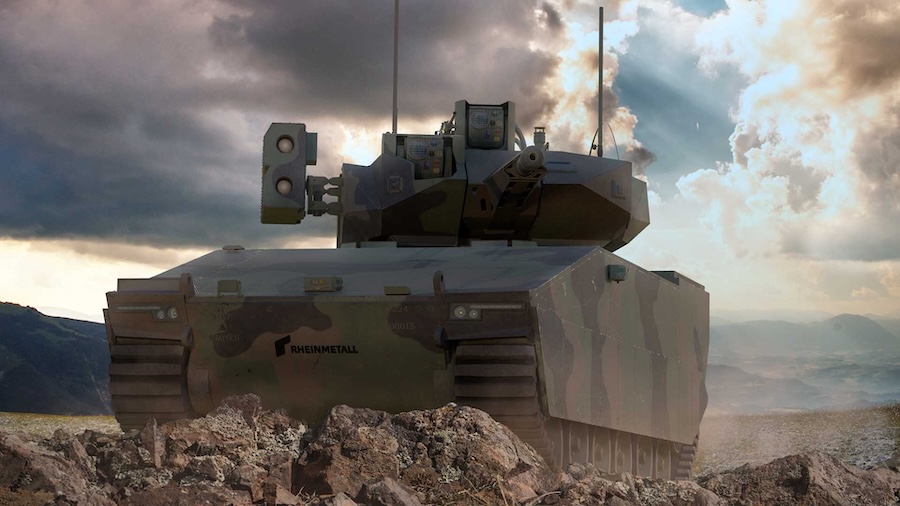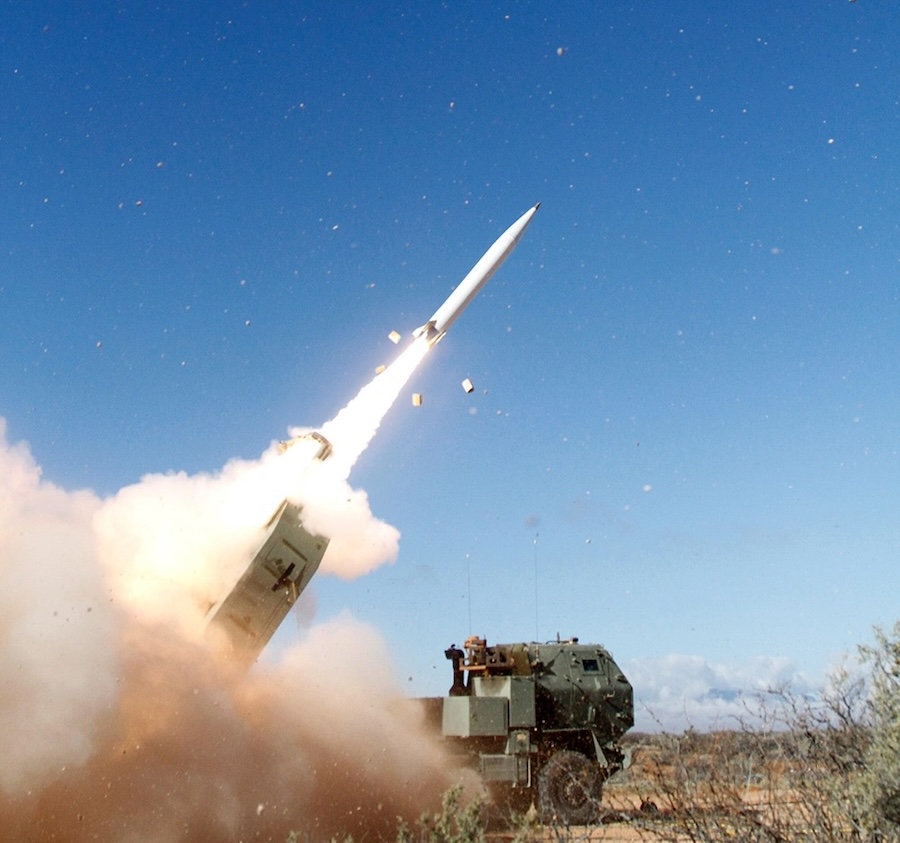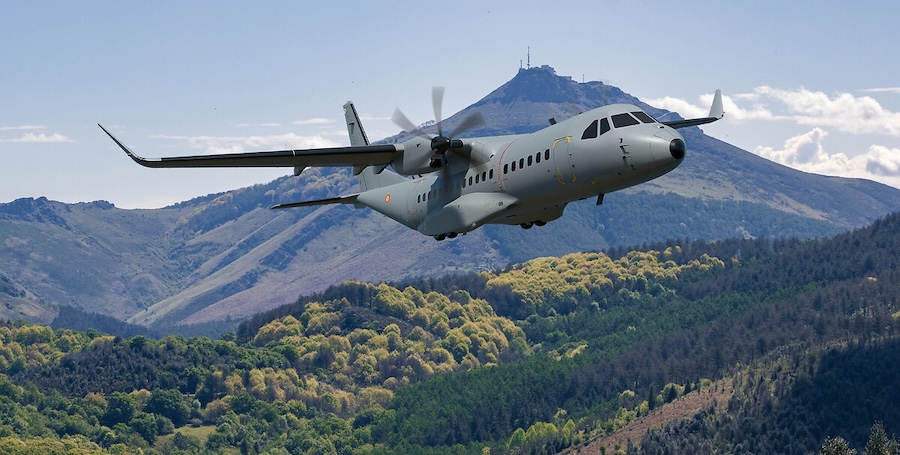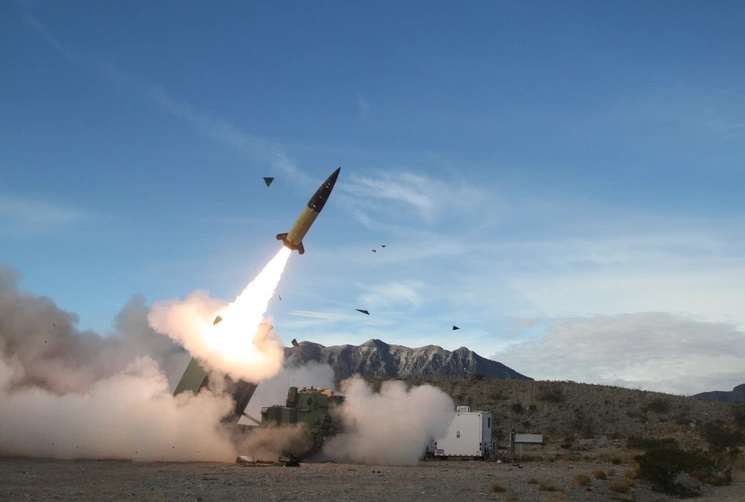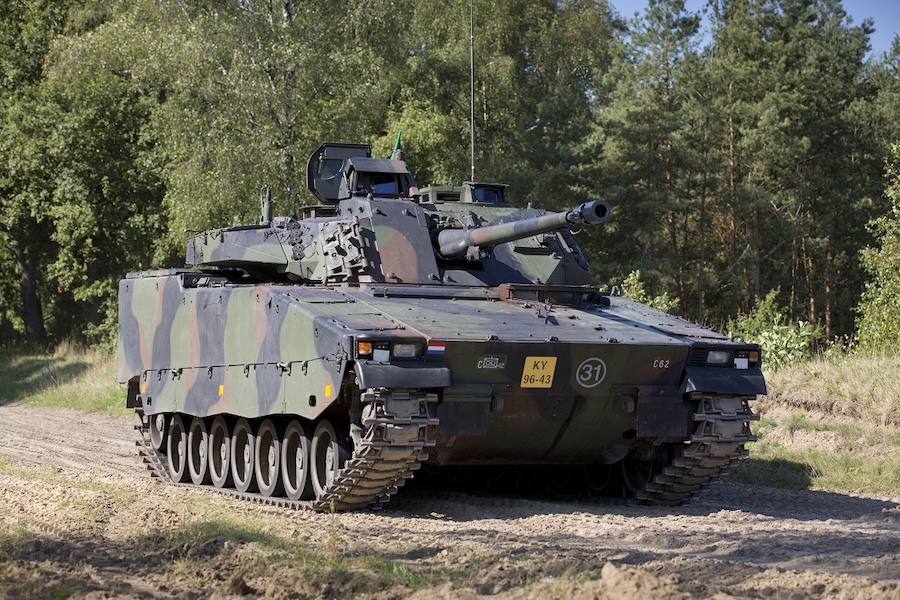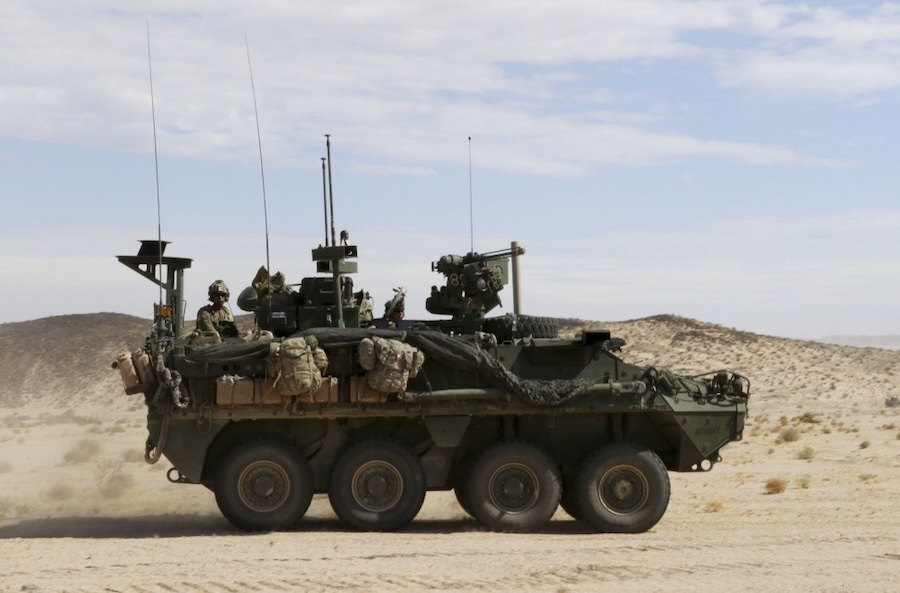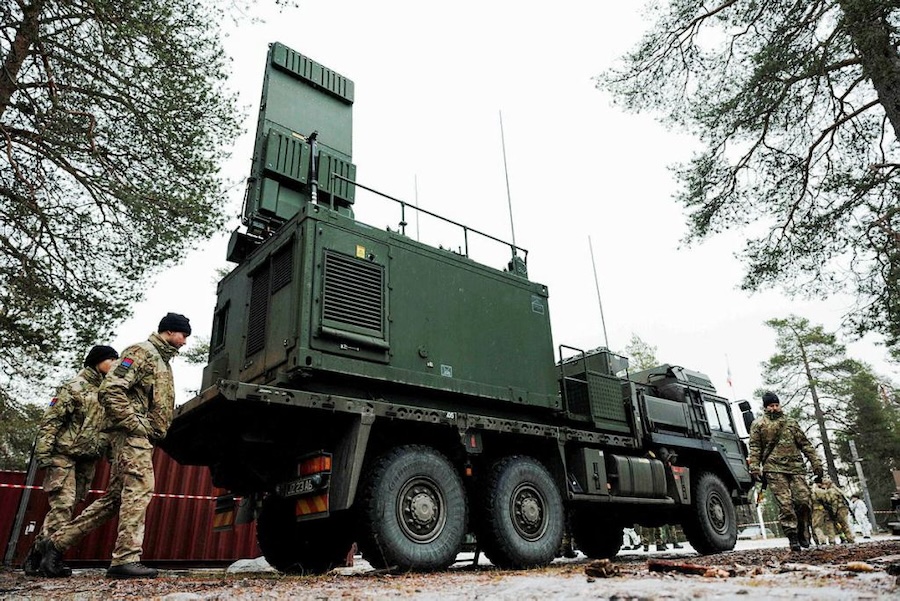This event showcased real-time coordination between crewed fighter aircraft and semi-autonomous systems, underscoring ACPs’ potential in modern warfare. Designed for affordability and flexibility, ACPs are capable of operating in high-risk environments while maintaining ethical and strategic oversight.
“This test with ACPs directly addresses the evolving requirements of modern warfare and the needs articulated by our warfighters,” said Gen. Ken Wilsbach, commander of Air Combat Command. “We are committed to innovation and integrating ACPs through these kinds of demanding, operator-driven evaluations that allow us to learn rapidly and enhance our human-machine teams.”
The test was conducted with support from the Department of Defense’s Rapid Defense Experimentation Reserve programme, under the Office of the Undersecretary of Defense for Research and Engineering. It was executed through a joint effort involving Air Force Materiel Command’s Air Force Research Laboratory (AFRL), Air Force Test Center, Air Combat Command, and the U.S. Navy.
“With this flight, we mark a crucial step in developing capabilities that harness human-machine teaming to overcome complex threats and expand our advantages,” said Brig Gen. Jason E. Bartolomei, commander of AFRL. “By developing and integrating autonomous platforms with manned systems, we can quickly adapt, increase combat effectiveness, and reduce risk to our aircrews in contested environments.”
Insights gained from this demonstration will guide future development and deployment of semi-autonomous capabilities across the U.S. Department of Defense. As the Air Force continues to modernise, ACPs will play a vital role in delivering operational flexibility, enhancing mission effectiveness, and ensuring success in increasingly contested airspaces.
The Air Force Research Laboratory remains central to this mission, serving as the lead scientific research and development centre for the Department of the Air Force. With a global presence across multiple disciplines, AFRL supports the full spectrum of research, from foundational science to advanced technology integration.
Source: Air Force Research Laboratory (AFRL).



